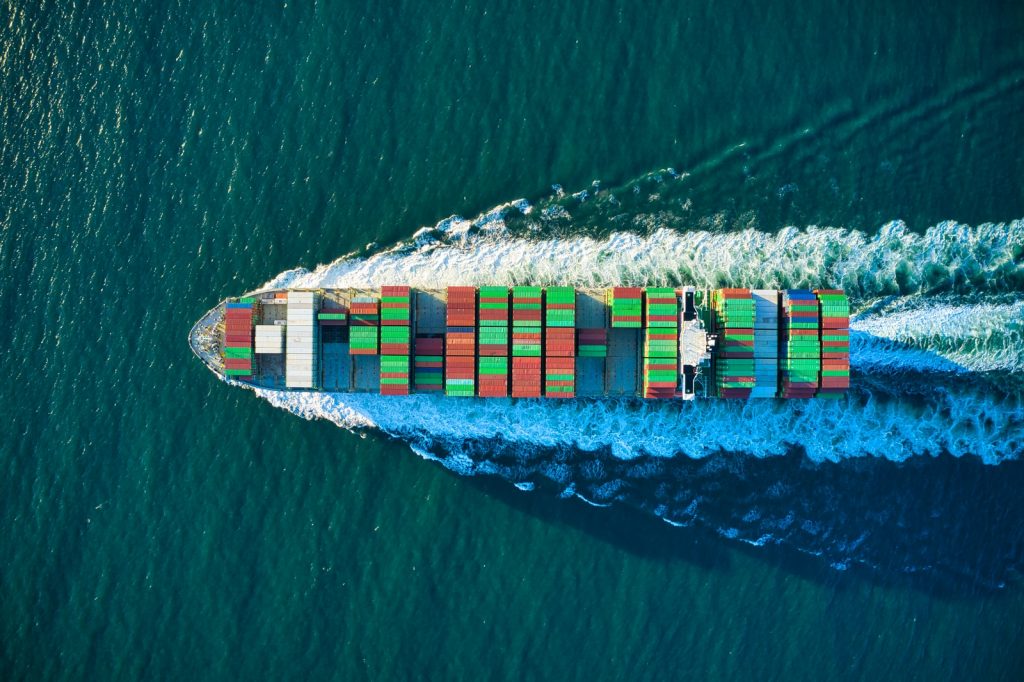The International Maritime Organization (IMO) has set new targets to reduce CO2 emissions (from transport work): a decrease of 40% by 2030 and 70% by 2050, compared to 2008 levels. annual greenhouse gas (GHG) emissions from international shipping, stipulating a reduction of 50% by 2050. Two associated IMO indices - EEXI and CII - have been established to provide shipowners with a benchmark to reduce their levels and get on track to meet the objectives.

EEXI - Existing Ship Efficiency Indices.
Result of the meeting of the Marine Environment Protection Committee (MEPC) 75 of 2020, this new index is expected to be between effective January 1, 2023. The EEXI is like its predecessor, the Energy Efficiency Design Index (EEDI) - in force since 2013-, but it applies to existing vessels outside of the EEDI regulations. It specifically targets vessels of more than 400 GT that fall under MARPOL Annex VI.
To establish CO2 emission standards, the EEXI uses the same methodology as the EEDI. The Carbon emissions are described per ton of cargo and per mile; they determine the standard CO2 emissions related to the power of the installed engine, the transport capacity and the speed of the ship. The standard emissions are a function of fuel oil consumption, the installed power of the main and auxiliary engines, and a conversion factor between the fuel and the corresponding mass of CO2.
CII - Carbon Intensity Indicator
MEPC 75 also gave rise to the Carbon Intensity Indicator, applicable to vessels in service of more than 5000 GT. These vessels must quantify and report on the carbon emissions of their operations. The IIC provides ship operators with the factor by which they must annually reduce CO2 emissions to ensure continuous improvement and comply with regulations. The Carbon Intensity Indicator must be applied within the Vessel Energy Efficiency Management Plan (SEEMP) of each operator. The SEEMP is a mandatory document, specific to each ship, that establishes the plan to improve the energy efficiency of a ship in a cost-effective manner.
Emission data must be submitted through IMO's Data Collection System (DCS). As a minimum, the ship's relevant Carbon Intensity Indicator (ICI), ascribed by IMO, must be reported. This will be the Annual Efficiency Index (IEA) or the cgDIST in the case of cruise ships, ROPAX or vehicle carriers.

The objective of this new IMO qualification is to bring ships closer to the objectives of the Paris Agreement. Once it comes into force in 2023, the CII will be used to rate ships on a 5-grade scale: A, B, C, D and E, from best to least performing. Vessels that receive a rating of "D" for three consecutive years or those that receive a rating of "E" during any annual review will have to update their design or make significant operational improvements. Consequently, shipowners and managers must determine the carbon intensity profile of their ships and optimize their SEEMP before the end of 2022.
| Year | Reduction compared to 2019 reference (central point of C band) |
| 2023 | 5% |
| 2024 | 7% |
| 2025 | 9% |
| 2026 | 11% |
| 2027-2030 | Let's decide |
Alternatives for compliance:
Shipowners who need to reduce their ships' emissions and improve fuel consumption have several options for both technical and operational improvement. Among them are:
- Optimize operations
- Reduce speed
- Retrofit ships with energy efficient technology
- Innovative propulsion techniques (e.g. wind assist)
- Switch to green and low-carbon fuels
Air lubrication systems and wind-assisted propulsion are already used on new and existing ships. Progress is also being made in the use of non-carbon fuels, such as ammonia and hydrogen. Although their application is not yet feasible on a large scale, these fuel technologies are progressing and on the horizon.
To achieve EEXI compliance, ships can undergo a preliminary assessment and then obtain a declaration of conformity after approval of preliminary technical files. The verification of the EEXI of the ship takes place in the first annual, intermediate or renewal inspection of its International Atmospheric Pollution Prevention (IAPP) certificate.
In the case of the CII, owners and managers must determine the carbon intensity profiles of ships and develop an optimized SEEMP by the end of 2022.
Together, EEXI and CII help drive a continuous improvement mindset among stakeholders. With that mindset, shipowners can apply major and minor modifications over time to ultimately reduce carbon emissions on board. Indicators such as the CII can also be used by companies and consumers who demand the highest environmental standards in their supply chains.
Finally, remember that the new and complex IMO measures to decarbonise maritime transport involve a high commitment and effort by the maritime administrations of the port states in their inspection work to ensure compliance.

